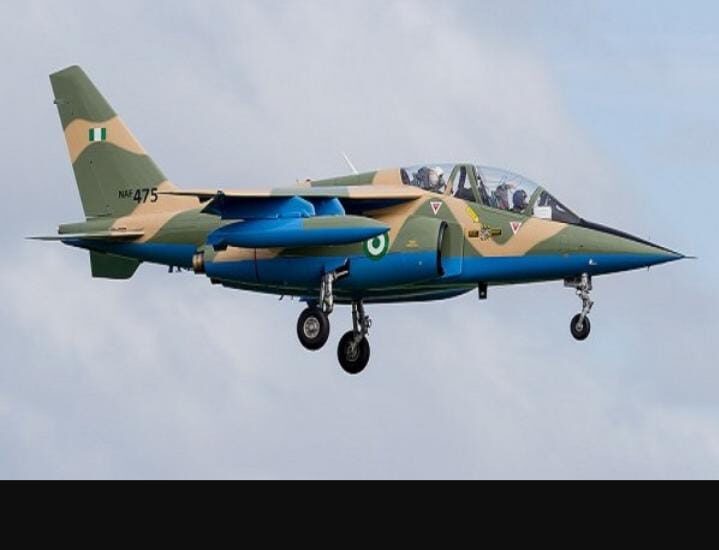
China conducted mock missile strikes and deployed fighter jets carrying live missiles along with bombers on Friday, as part of exercises intended to “punish” Taiwan’s new president, Lai Ching-te, according to state broadcaster CCTV.
The exercises involved bombers setting up attack formations in waters east of Taiwan, performing mock attacks in coordination with naval vessels. This was a demonstration of China’s capability to “seize power” and control key areas of Taiwan.
The two-day drills in the Taiwan Strait and around Taiwan-controlled islands near the Chinese coast started three days after Lai took office. Taiwan condemned the actions, viewing them as a provocative move by Beijing, which considers Taiwan part of its territory and labels Lai a “separatist.”
Key Points:
Mock Strikes: The exercises, dubbed “Joint Sword – 2024A,” tested China’s ability to seize power and occupy key areas of Taiwan.
Military Movements: Chinese bombers practiced attacks on foreign vessels near the eastern end of the Bashi Channel, aiming for control over areas west of the first island chain, which includes Japan, Taiwan, the Philippines, and Borneo.
Chinese Justification: China’s defense ministry spokesperson Wu Qian stated the actions were necessary to combat Taiwan independence and deter external interference.
Taiwan’s Response: Taiwan mobilized forces to monitor and shadow Chinese activities. Taiwanese Foreign Minister Lin Chia-lung reaffirmed Taiwan’s stance against making concessions due to Chinese military pressure.
U.S. Involvement: The U.S. Navy’s 7th Fleet indicated it was monitoring the situation closely, emphasizing its commitment to deterring aggression in the region.
Detailed Developments:
Mock Attacks: Several Chinese bombers carried out simulated attacks on foreign vessels, aiming to assert control over strategic areas.
Coastguard Drills: Chinese coastguard conducted “harassment” drills off Taiwan’s east coast, including mock inspections of civilian ships.
Combat Readiness: Chinese vessel Nantong conducted patrols in the Taiwan Strait, closely followed by Taiwanese ship Zheng He.
Missile Animation: The Chinese military shared an animated video showing missiles striking Taiwan, ending with a message condemning Taiwan independence.
Taiwan’s Measures: Taiwan’s defense ministry published images of F-16s patrolling with live missiles and monitored multiple Chinese military aircraft and naval vessels.
Context:
Taiwan is accustomed to Chinese military threats, and while the recent drills did not cause widespread alarm, they highlighted ongoing tensions. The exercises followed a pattern of Chinese military posturing, with previous drills in 2022 being of a larger scale. The drills coincide with internal political issues in Taiwan, including protests over parliamentary reforms.
On Chinese social media, the drills received significant attention, with many users supporting the military actions.
Related Articles
New Taiwanese President Calls on China to Stop Threats: A Call for Peace and Stability
Taiwan Recommends President Avoid South China Sea Visit Citing Safety Concerns
Taiwan’s Air Raid Alert: Chinese Satellite Launch Raises Tensions Ahead of Crucial Elections”
Putin Supports China’s Peace Plan for Ukraine, Cites Understanding of Conflict
China’s New Aircraft Carrier Fujian Begins Sea Trials
When Nature Strikes: Japanese Air Power Takes to the Streets After Taiwan Quake
US Approves $8 Billion Military Aid Package for Taiwan
How Taiwan’s Preparedness Shines Amidst Earthquake Challenges
Subscribe to Follow Global Trends for daily global news
Make Money Online Working Remotely
To Advertise, send a mail to advertise@followglobaltrends.com
Find Out How To Make Money As A Full Time Writer/Blogger
Written By Joe Brens


